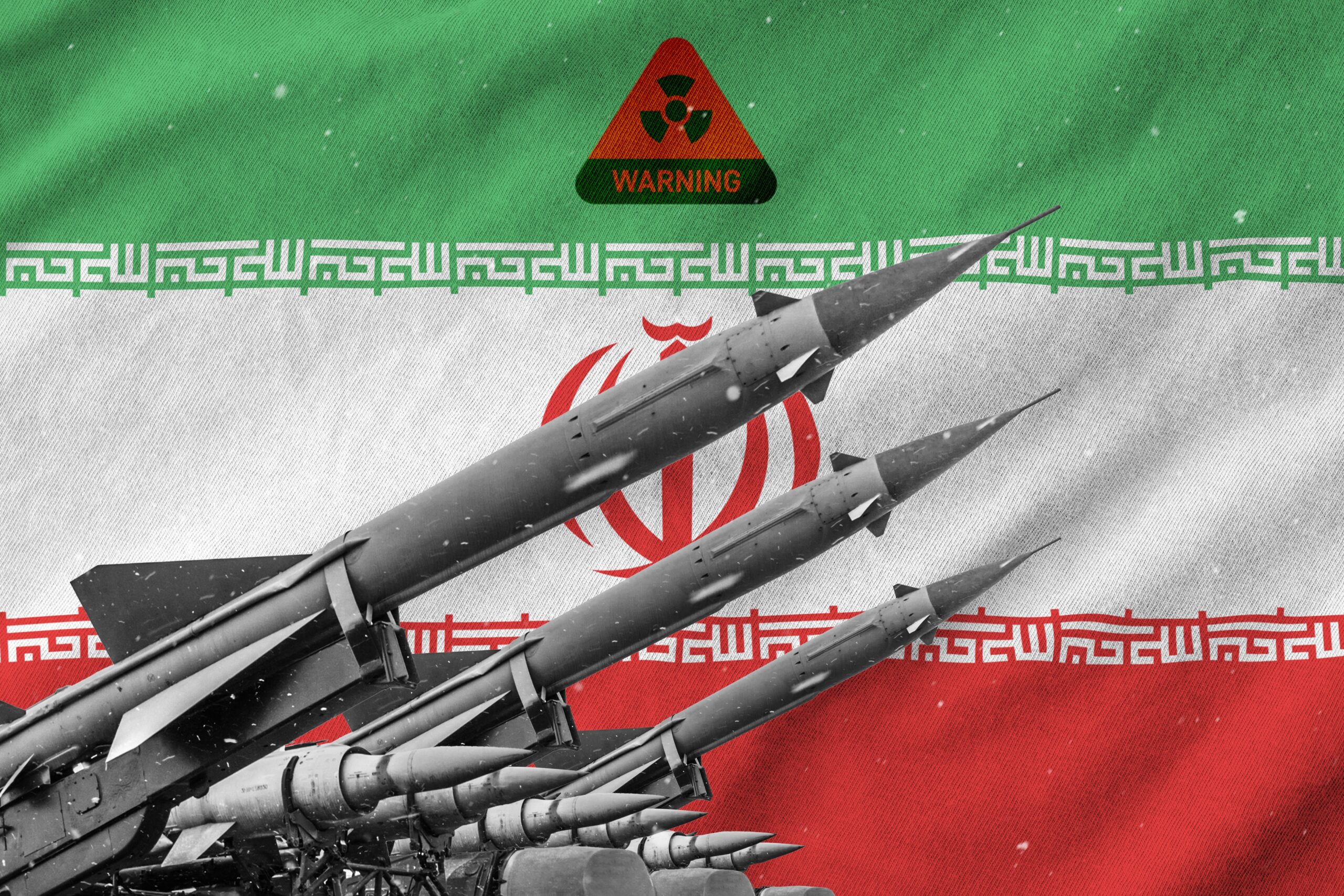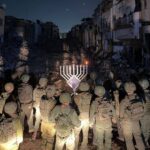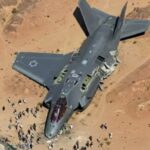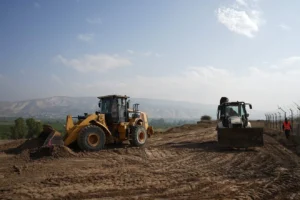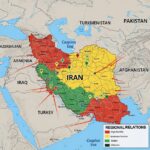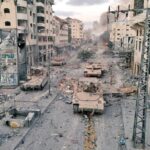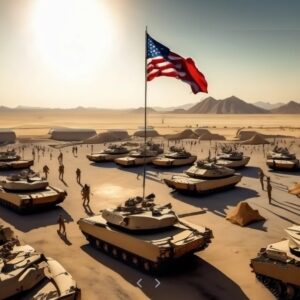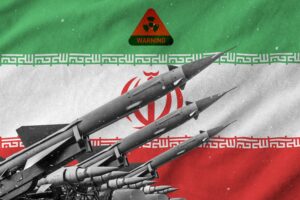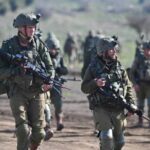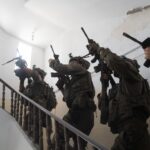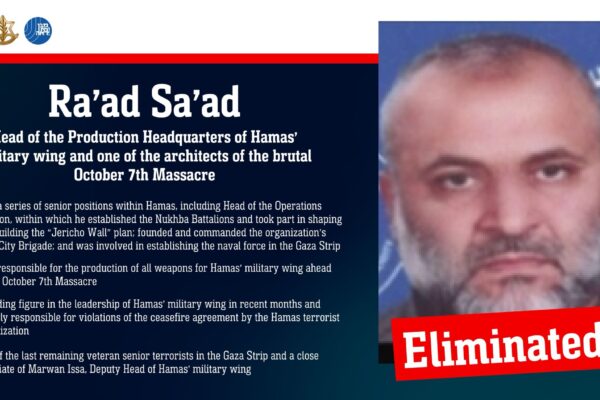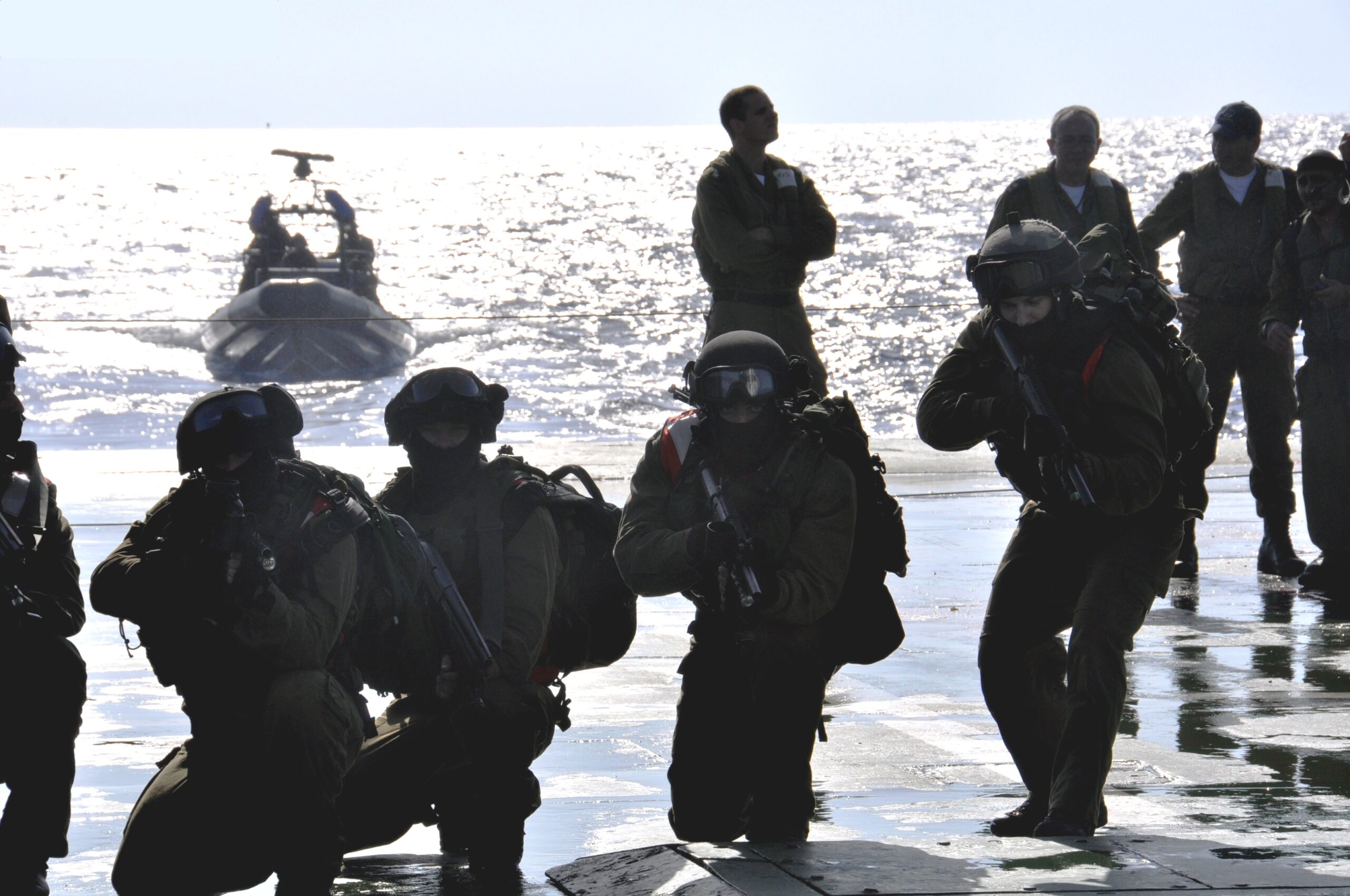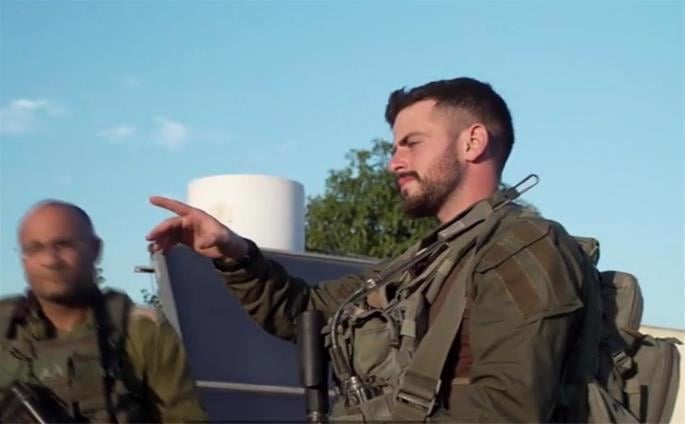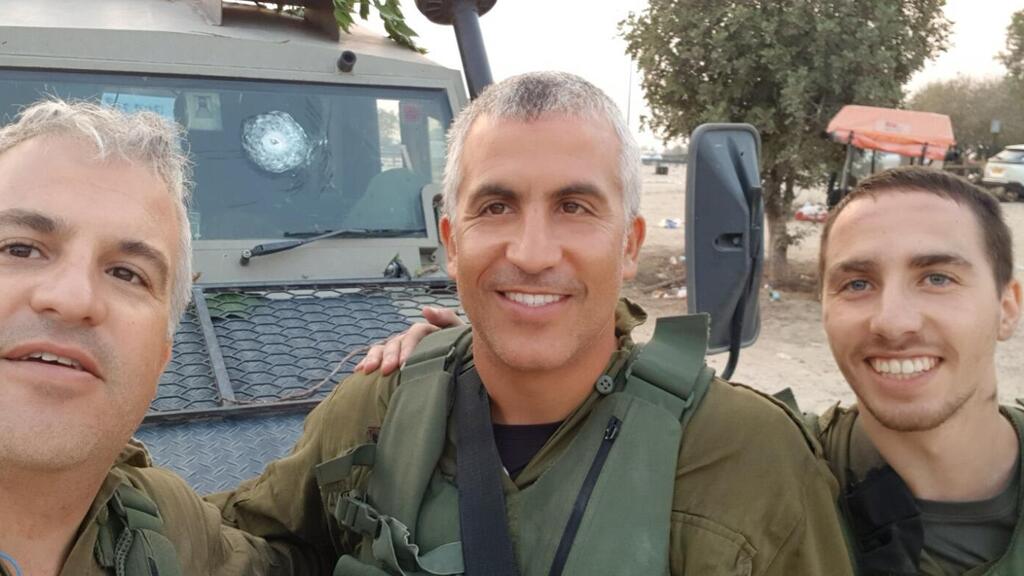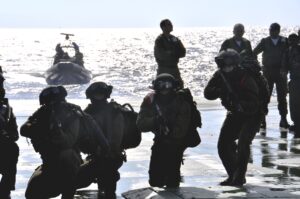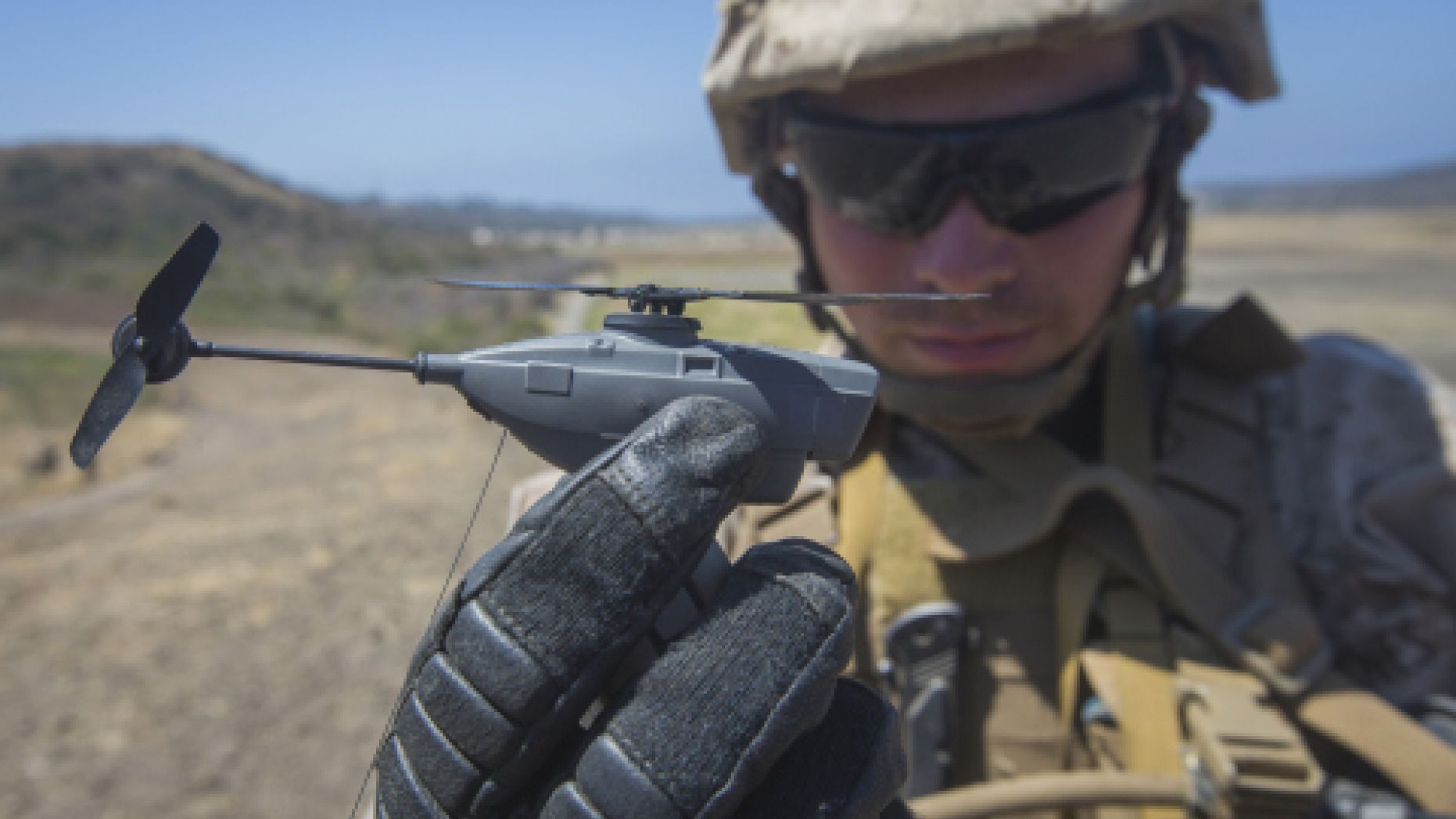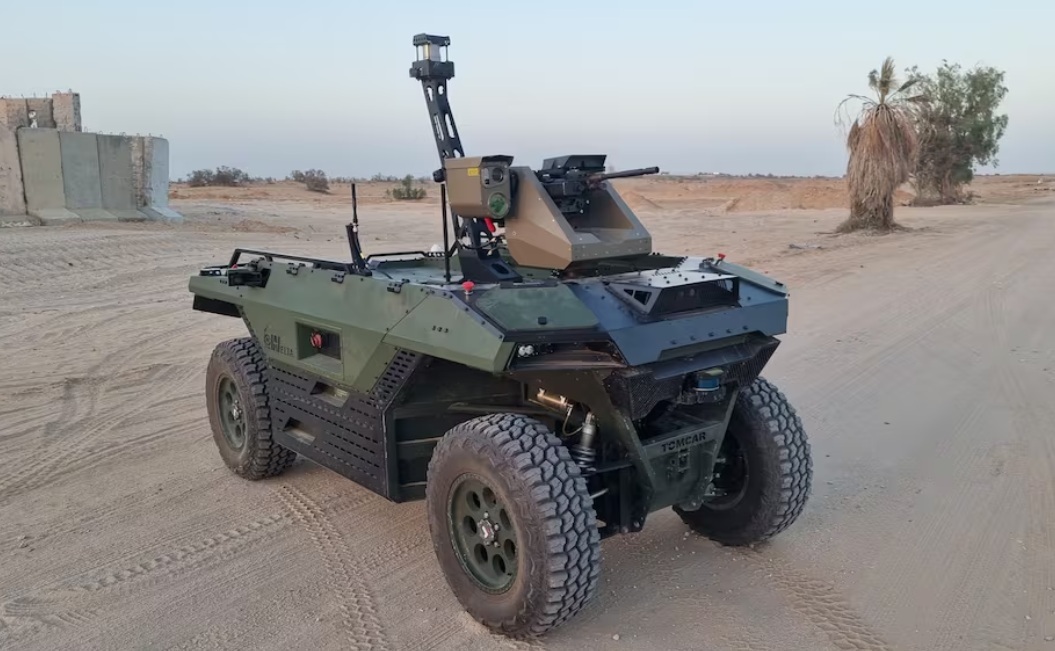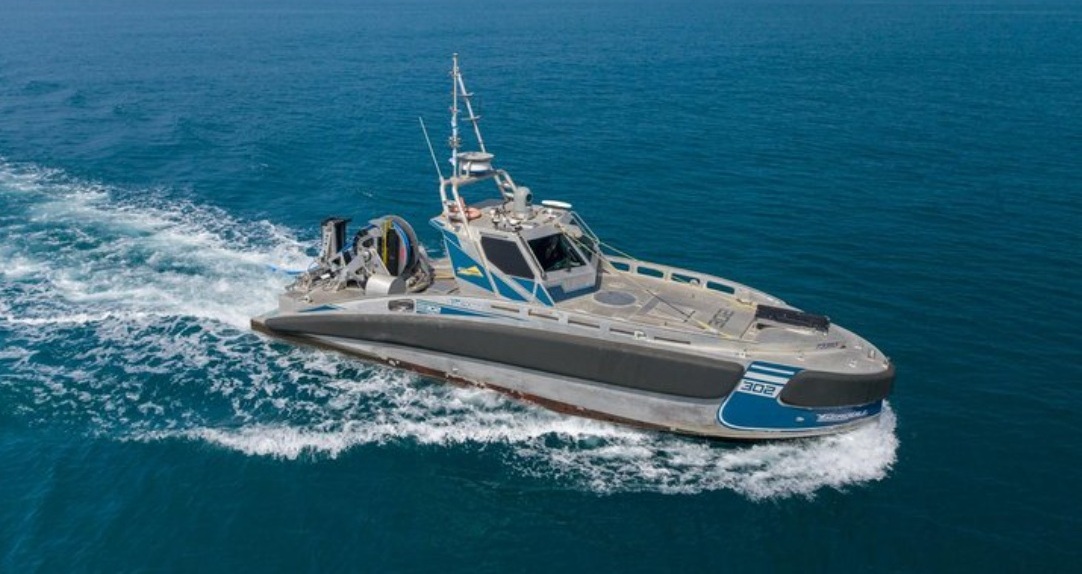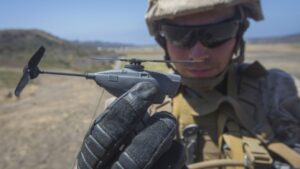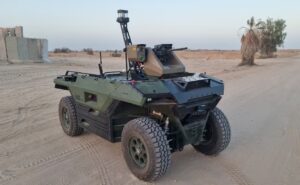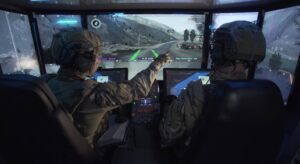Iranian officials say they hope to fire 2,000 missiles at once to overwhelm Israeli defenses, not 500 over 12 days.
By Hezy Laing
The brief but intense Israel–Iran war of June 2025 marked a turning point in Middle Eastern military history.
For twelve days, Israel struck against Iranian nuclear and missile infrastructure, while Iran launched hundreds of ballistic missiles and drones across nearly two thousand kilometers.
It was the first modern long‑range air war fought between two non‑contiguous states, and its lessons are shaping how both countries prepare for the possibility of a second round.
Israel’s strategy in that war centered on rapid strikes against missile launchers and nuclear facilities.
The Israeli Air Force succeeded in degrading critical Iranian systems, but the campaign exposed vulnerabilities.
Israel’s layered missile defense, including Iron Dome, David’s Sling, and Arrow, performed well, yet the sheer volume of Iranian launches forced heavy reliance on interceptors.
Stockpiles were drawn down quickly, raising concerns about sustainability in a longer conflict.
In response, Israel has accelerated procurement of Arrow interceptors, refined its intelligence and surveillance capabilities to track mobile Iranian air defenses, and begun institutionalizing multi‑front doctrine that integrates drones, artificial intelligence, and cyber operations.
Iran, for its part, emphasized survivability and resilience after the war.
Despite suffering damage to nuclear facilities such as Fordow, Tehran claimed readiness for a “more complex” confrontation in the future.
Iranian leaders announced significant increases in defense spending, with some officials citing a 200 percent budget boost.
They highlighted expanded missile power and the integration of proxies across Lebanon, Yemen, and Iraq.
Iran also sought diplomatic hedging, appealing to Saudi Arabia to help revive nuclear talks with Washington, while resisting International Atomic Energy Agency demands for deeper inspections of bombed sites.
A second Israel–Iran war would likely differ in several ways.
Iranian officials say their “missile factories are working 24 hours a day,” and that if there is another war, “they hope to fire 2,000 missiles at once to overwhelm Israeli defenses, not 500 over 12 days.”
This raises fears of another confrontation only months after the June 2025 war.
Facing a possible 2,000‑missile arsenal, Israel is accelerating Arrow production, expanding U.S. cooperation, and integrating new systems like Iron Beam lasers to reduce reliance on costly interceptors.
Iran, meanwhile, is showcasing new missile types such as the Rastakhiz, which reportedly integrates electromagnetic pulse (EMP) capabilities alongside conventional warheads.
Combined with proxy forces in Lebanon, Yemen, and Iraq, a 2,000‑missile stockpile would allow Tehran to wage a far more complex, multi‑front campaign than in June 2025.
European intelligence sources revealed that in September 2025 Iran imported two thousand tons of sodium perchlorate, a critical chemical used in solid‑propellant missile production, from China to the port of Bandar Abbas.
Analysts believe this shipment alone could enable Iran to manufacture hundreds of new missiles, with estimates suggesting that at least two hundred have already been assembled and deployed.
Iranian officials have boasted that their missile power now surpasses pre‑war levels.
Israel views this buildup with deep concern.
During the June war, its Arrow, David’s Sling, and Iron Dome systems performed well but consumed interceptors at an unsustainable rate.
The Israeli Defense Ministry has since accelerated procurement of Arrow interceptors, expanded cooperation with the United States, and pushed forward the deployment of Iron Beam, a directed‑energy laser system designed to neutralize drones and rockets at lower cost.
Military planners are also refining intelligence and surveillance capabilities to track mobile Iranian launchers and hardened sites more effectively.
Iran’s strategy appears to combine missile rearmament with proxy integration.
Hezbollah in Lebanon, the Houthis in Yemen, and militias in Iraq remain part of Tehran’s regional network, ready to apply pressure on multiple fronts.
The prospect of a second Israel–Iran war would likely be broader and more complex than the first.
Iran is preparing for simultaneous missile, drone, and proxy attacks, while Israel is strengthening its defenses and stockpiles to withstand saturation fire.
Both sides are adapting their strategies based on the lessons of June 2025, making the next confrontation potentially more dangerous and unpredictable.


